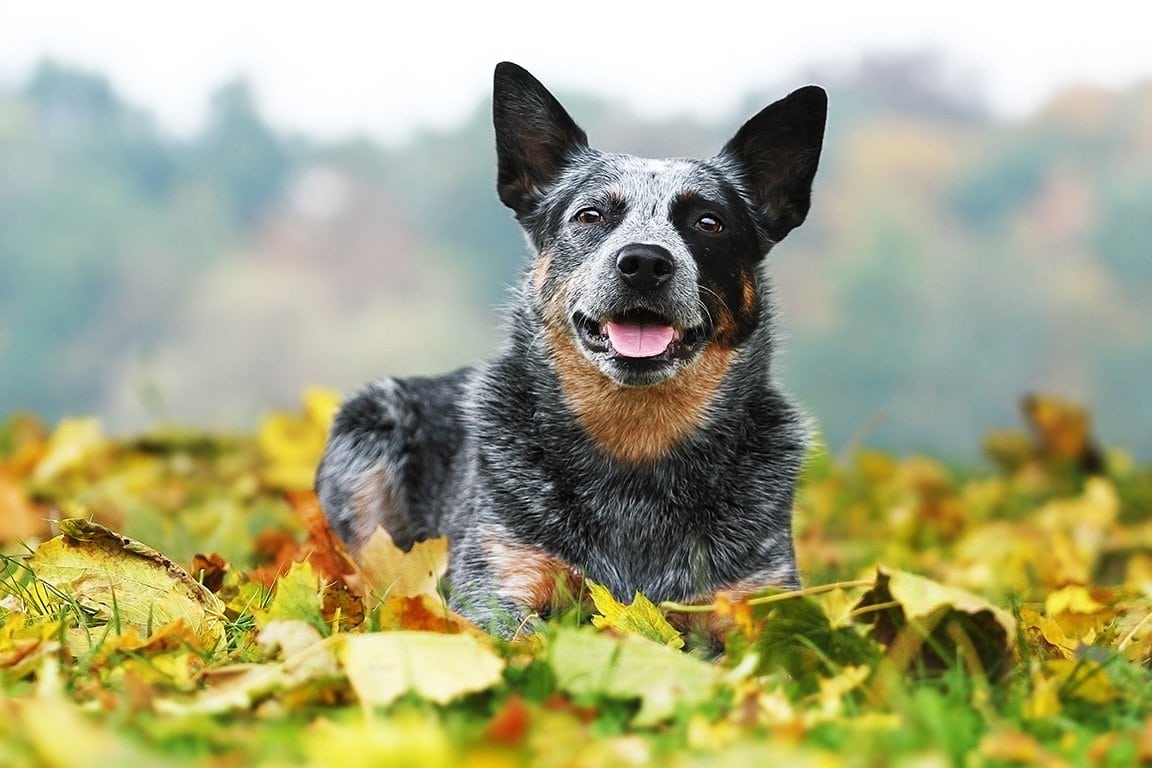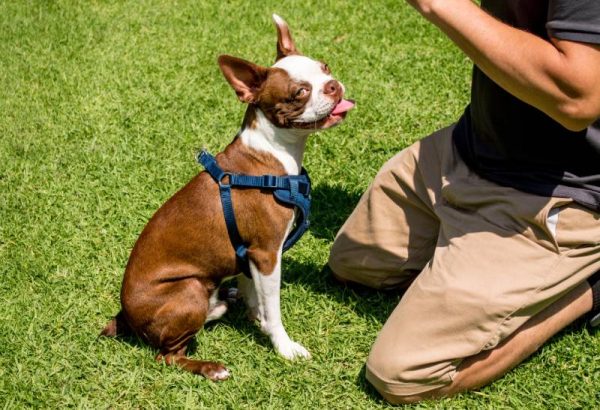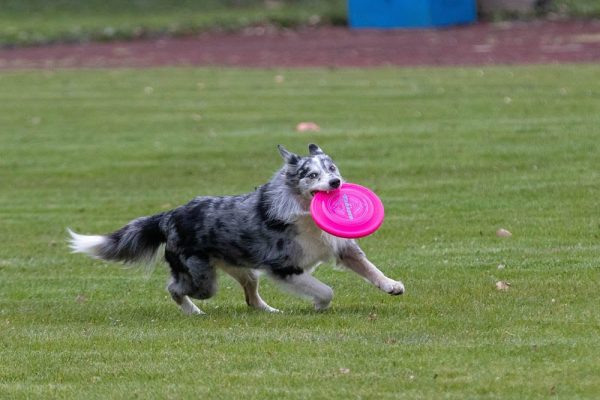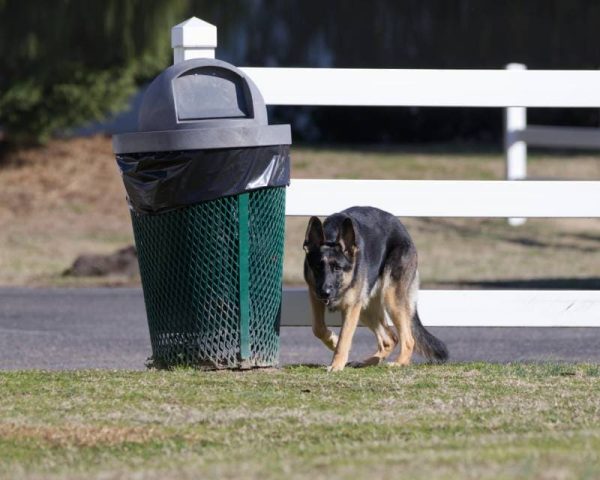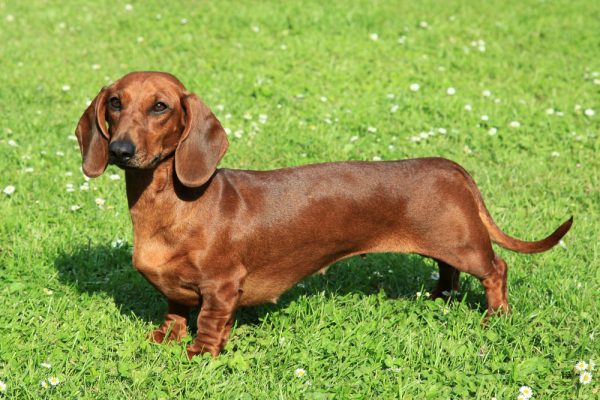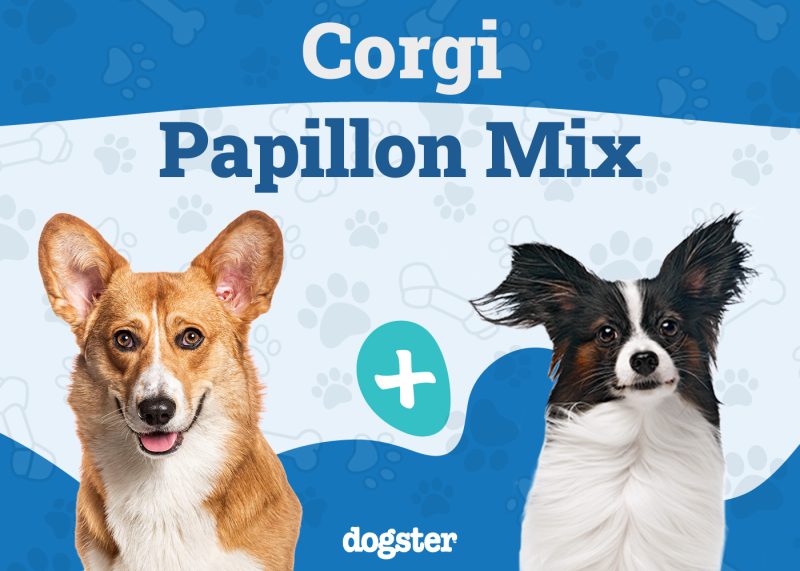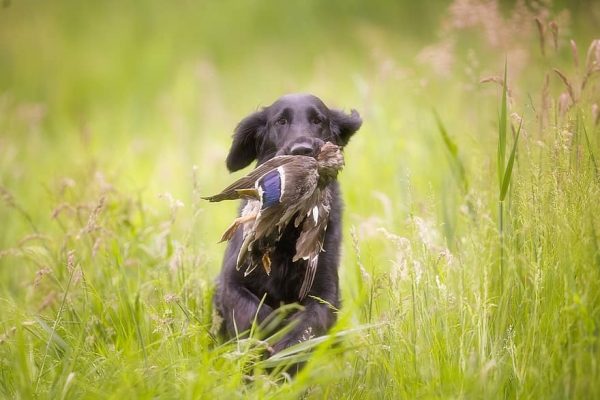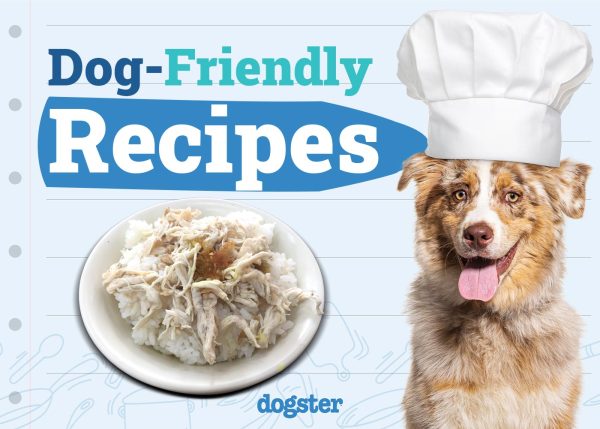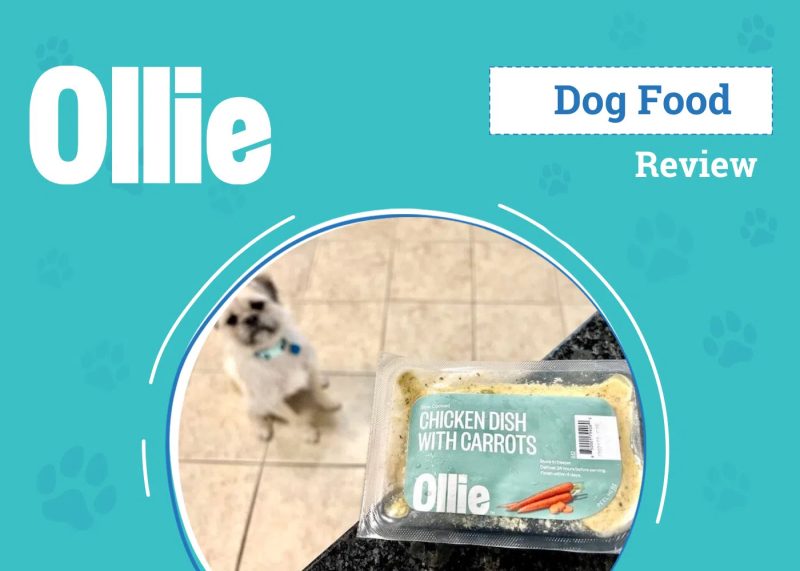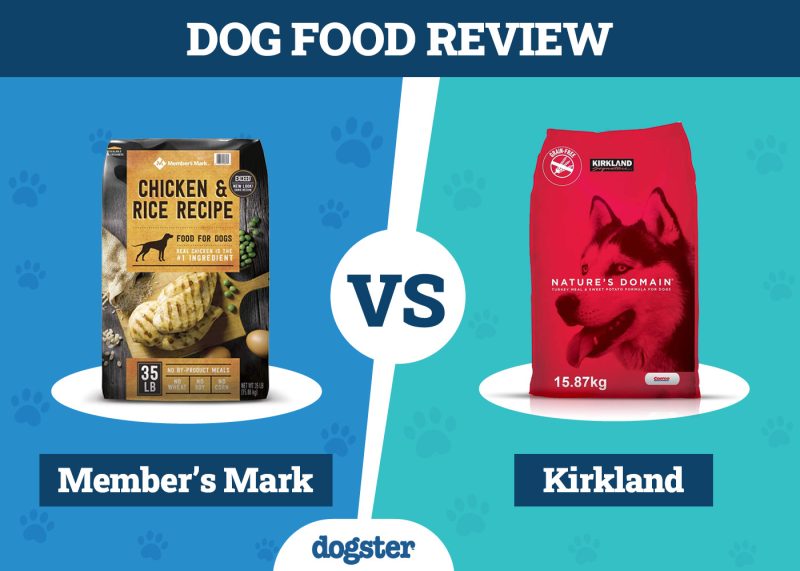The Australian Cattle Dog has a rich history and many nicknames, including the Queensland Heeler and Dingo Heeler. This intelligent dog also has a big personality, especially when it comes to interacting with their human companions. As a working breed, the typical Australian Cattle Dog is energetic and adventurous.
If you want to learn more about this intriguing breed, read on for these amazing Australian Cattle Dog facts!
The 20 Australian Cattle Dog Facts
1. Australian Cattle Dogs Have Thick Double Coats
This breed was developed to spend time outside herding cattle, so they have a thick, double coat that protects them from the harsh elements. The top layer wicks away water so the moisture does not soak into their skin. Their undercoat keeps them nice and warm when they don’t have access to shelter.
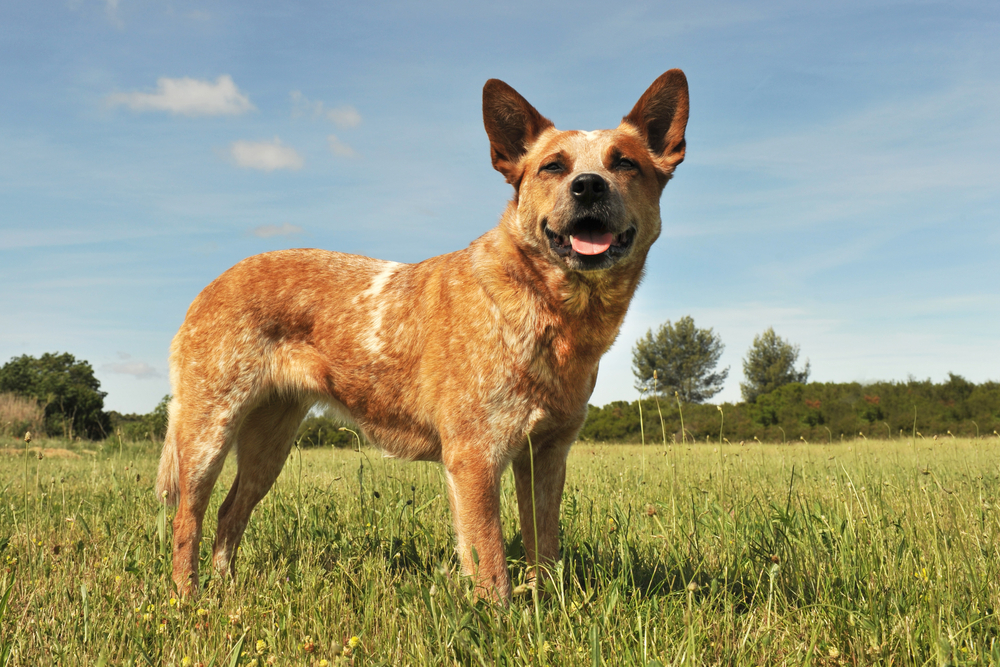
2. They Are Related to Dingoes
The Dingo was introduced to Australia thousands of years ago by seamen from Asia and is considered “Australia’s wild dog.” Dingoes have the athleticism and agility to hunt for their food all day throughout the harsh lands of Australia, which is something that couldn’t always be said for domesticated dogs in the country. Eventually, Dingoes were bred with domestic dogs. The result was a hardy, athletic dog that could work all day in the hot Australian sun while maintaining deep bonds with their human companions (something that wild Dingoes couldn’t do).
3. They Are Actually Mixed Dogs
Australian Cattle Dogs are the result of breeding multiple dogs for several generations, essentially making them a “mixed breed.” Aside from Australian Dingoes, this breed was developed with the help of DNA from Dalmatians, Blue Merle Collies, and Kelpies. They are considered purebred dogs today because once established, they were bred without the help of outside DNA influences.
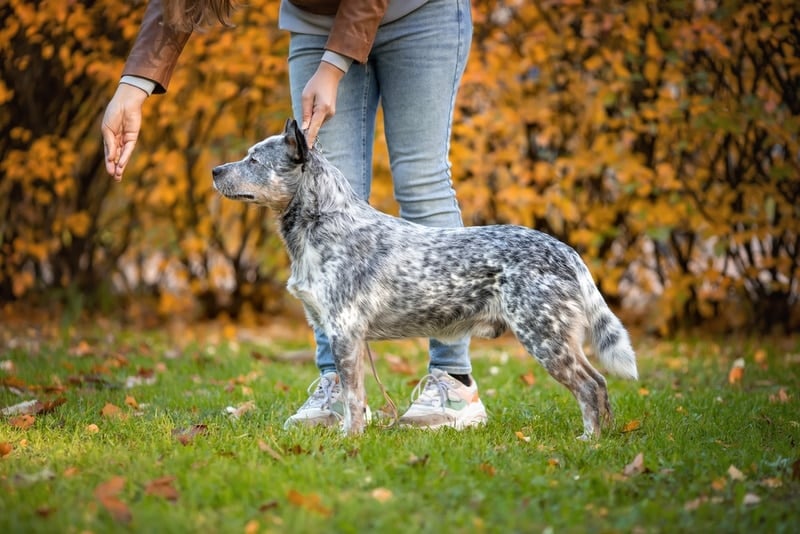
4. They Are Born White
Australian Cattle Dogs are born with entirely white coats, which makes them look quite different from their mothers. As time goes on, the white coats turn either red or blue. However, they typically maintain a bit of white hair in the form of mottled or speckled patterns throughout the body.
5. Australian Cattle Dogs Come in Two Different Coat Colors
The Australian Cattle Dog comes in two different coat colors, red and blue, hence why two of their nicknames are Red Heeler and Blue Heeler. Now, no Australian Cattle Dog is truly red or blue in color. Instead, they usually take on a “mottled” look, where white hairs mix with either blue, black, red, or tan (or a mixture), creating a hue that resembles shades of blue and red
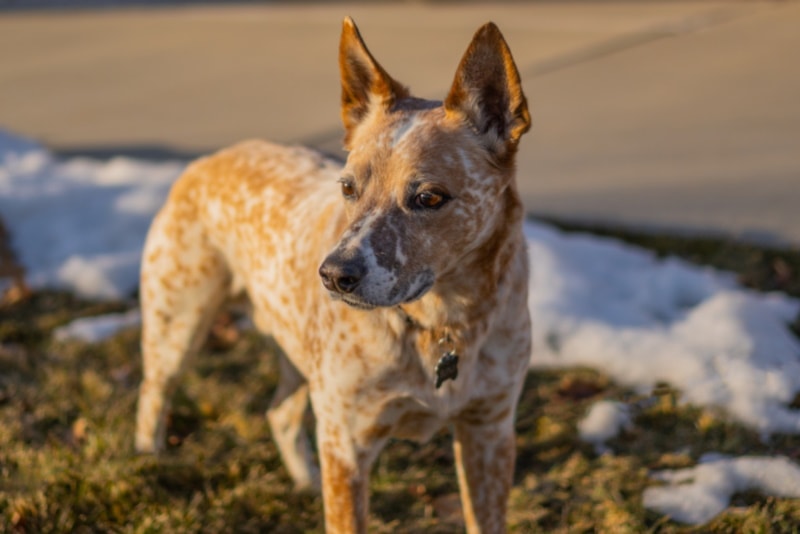
6. They Are Natural Nippers
The reason that this breed is called a Heeler is what they were bred to do. These dogs herd cattle by nipping at their heels to get them to move in a specific direction. So, the nipping instinct is instilled in the breed and can be displayed in a family environment, even if an Australian Cattle Dog has never been taught to herd cattle before. Instinctual nipping isn’t necessarily a problem, though. It’s usually done as a form of gameplay rather than aggression for these dogs.
7. They Are Recognized By the AKC
While this breed was introduced to the United States years earlier, the American Kennel Club officially recognized the Australian Cattle Dog in 1980. In the same year, they became eligible to show in AKC’s Working Group. They were transferred to show under the Herding Group in 1983, shortly after the group was formed.
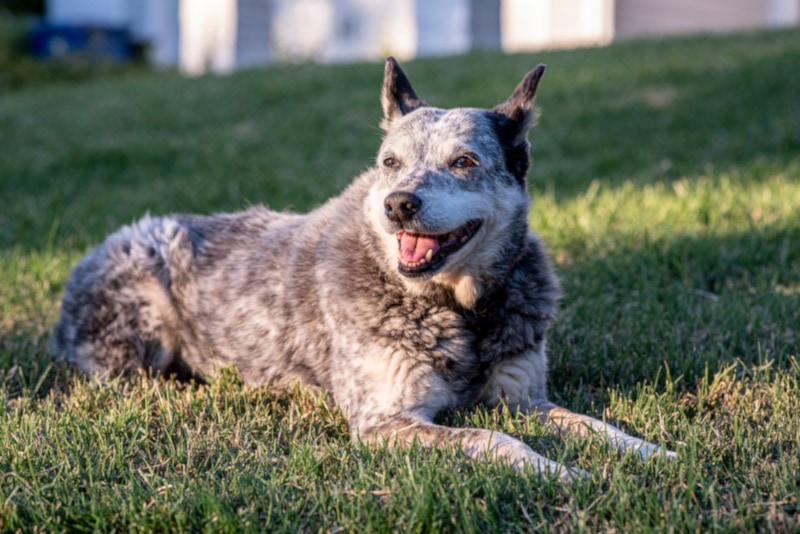
8. An Australian Cattle Dog Once Held a Guinness World Record
A Heeler named Bluey once held the Guinness World Record for being the oldest living dog ever recorded on the planet. Bluey lived to be an amazing 29 years and 5 months old. The dog worked alongside sheep and cattle for almost 20 years before retiring and enjoying their golden years of life.
However, a purebred Rafeiro do Alentejo named Bobi from Portugal took over the reins and beat Bluey’s record, being 31 years old. Unfortunately, the dog died less than a year after being recognized, and there was speculation that Bobi wasn’t really as old as was claimed, so Guinness World Records did an investigation and rescinded Bobi’s records when they could not verify the dog’s date of birth. So, Bluey the Australian Cattle Dog might once again be the oldest living dog!
9. They Can Handle Extreme Weather
Due to their thick coats and hardy physiques, Australian Cattle Dogs can handle both hot and cold climates quite well. After all, they come from the outback of Australia, where temperatures are scorching hot during the day and freezing cold throughout the night. If they can handle such extremes in Australia, they can handle living and spending time almost anywhere else on the planet (aside from maybe the Arctic or Sahara!).

10. They Have No Shortage of Energy
This breed was developed to work all day long under stressful conditions, so they are far from lazy. These highly energetic dogs can spend hours running around at the park, playing fetch, swimming at the beach, hunting, herding, or hiking. Therefore, they do their best with active companions who like to spend time adventuring outdoors. They certainly cannot be expected to hang out at home all day waiting for their humans to come home from work or school.
11. They Are Hailed for Their Intelligence
According to a professor and researcher named Stanley Coren, who wrote a book about the intelligence of dogs—called “The Intelligence of Dogs“—Australian Cattle Dogs are ranked #10 on the list of smartest pups. Coren claims that there are three different types of “smarts” or intelligence that canines might display when interacting with their human companions: instinctive nature, adaptivity, and working/obedience tenacity. The Australian Cattle Dog tends to harbor all these qualities.
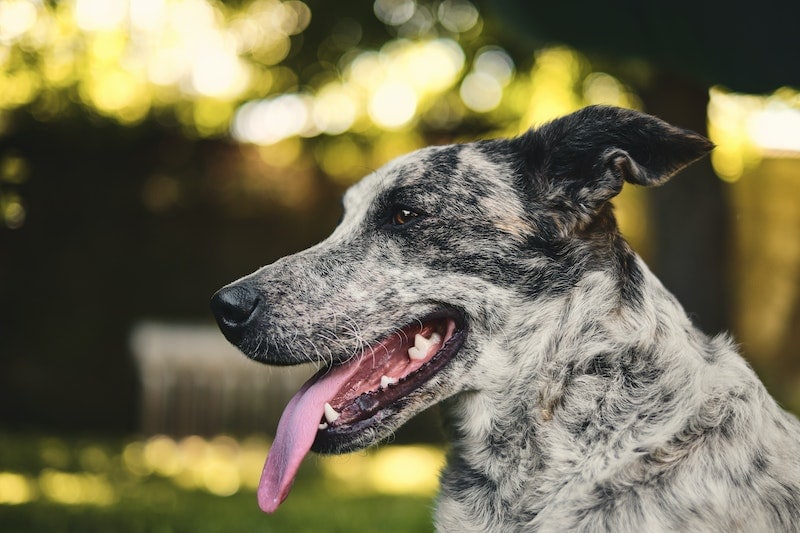
12. Australian Cattle Dogs Aren’t as Big as They Sound
With all the talk of Australian Cattle dogs being athletic and energetic and excelling at herding cattle, you might think that they are a large breed. However, they are actually a medium-sized dog that weighs no more than about 50 pounds when fully grown. So, their size is not formidable and does not make them too overwhelming for owners to deal with.
13. They Are Extremely Loyal
This breed became accustomed to working alongside human companions while herding cattle, so it makes sense that they still form strong bonds and have a great sense of loyalty. Once an Australian Shepherd feels safe and secure in the company of a human companion, they are likely to be loyal friends and protectors for a lifetime.
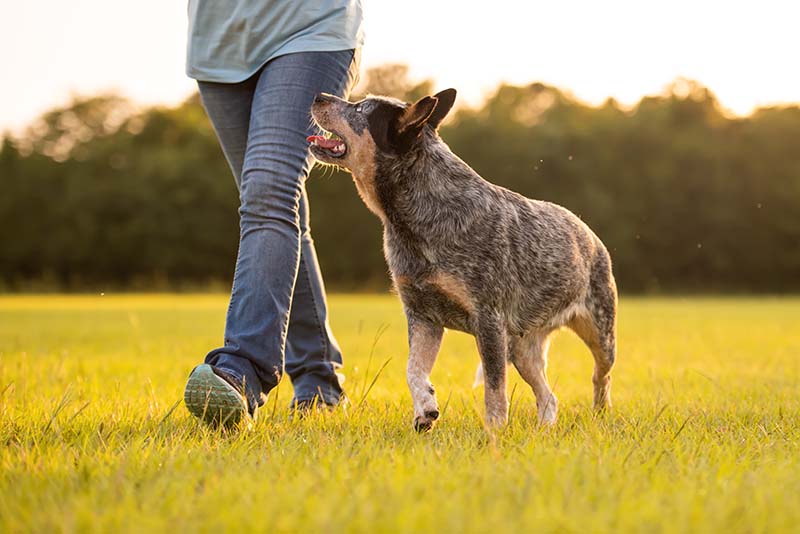
14. They Are Thought to Be Long-Lived Dogs
It might be due to their daily activity levels or the fact that many Australian Cattle Dogs eat a varied diet of fresh foods from the land. Whatever the case, this breed is known for being long-lived, with an expected lifespan of between 12 and 15 years. Many dogs live even longer.
15. They Must Be Socialized
Although this breed can get along well with people and other dogs in social situations, they are protective by nature, so they should be socialized as puppies to ensure great social habits. Otherwise, the Australian Cattle Dog is likely to see strangers as potential threats rather than potential friends. Their human companions should help them learn the difference as they age.
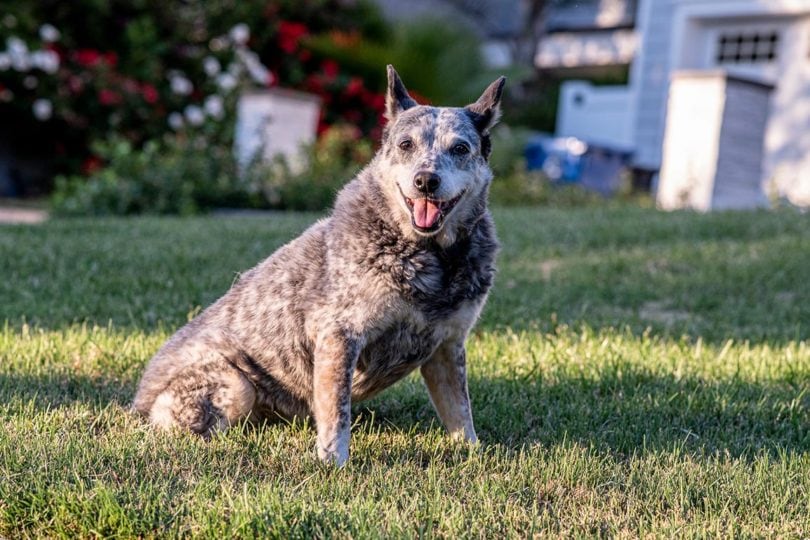
16. They Have Had Roles in Movies
Australian Cattle Dogs’ tenacity, bravery, resilience, and intelligence have landed them roles in multiple movies. Notable films in which you can find this breed include “Air Bud,” “The Incredible Hulk,” “Man of Steel,” “The Tree of Life,” and “The Wedding Pact.”
17. Australian Cattle Dogs Are Predisposed to Certain Health Conditions
While Australian Cattle Dogs are generally healthy and robust, they are genetically predisposed to developing certain conditions, including bone and joint problems, bleeding disorders, mast cell tumors, nerve disease, and dental disease. Although these conditions are hereditary, not all Australian Shepherds are destined to develop them. Regular vet checkups and screening for the most common issues can help ensure that any developing problems can be addressed before they become too serious.
18. They Can Thrive in Agility Sports
These dogs were not bred for agility, but their ability to traverse harsh terrains and work all day long does give them an edge when it comes to the agility course. They can do great in the sport if they can practice regularly. If not for show or sport, agility is a great exercise option in the yard at home.
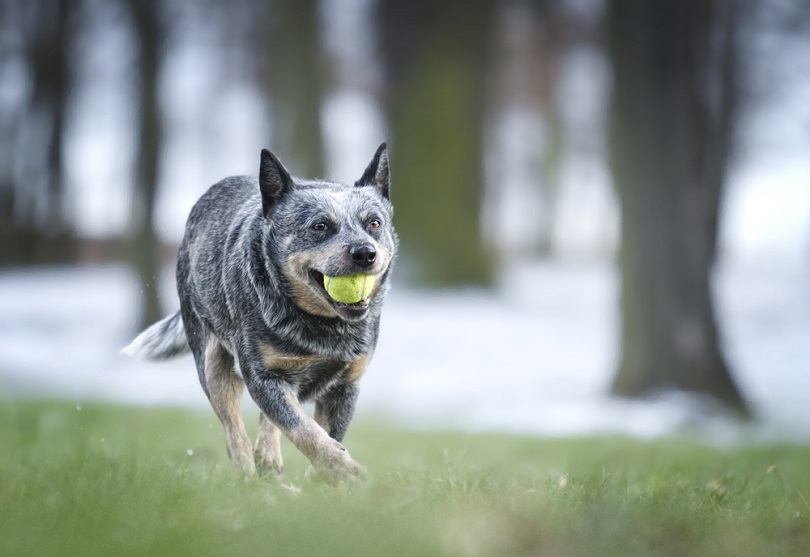
19. They Are Versatile
This breed was developed to herd cattle. Such a job requires strength, agility, bravery, persistence, and a sense of independence, all of which are great traits for a variety of different applications. Therefore, these dogs can be great hunting, hiking, and even gardening companions as long as they are engaged and can utilize their brains and bodies.
20. They Shouldn’t Live in Apartments
Due to their energetic and athletic nature, this breed does not do well in apartment settings, as they don’t have a fenced yard to explore between walks and potty breaks. These dogs want to spend most of their time outside, not the other way around. They’re best suited for farms, ranches, and homes with large, fenced yards to spend their time.
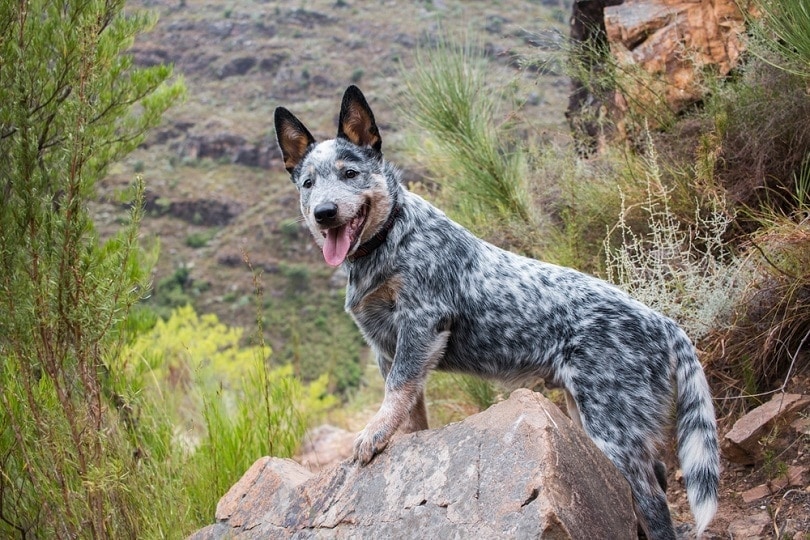

Conclusion
Australian Shepherds are hardy, robust dogs that were bred to work in a job that they love to do. Hopefully, the facts outlined here give you better insight into the breed and help you understand their nature.
See also:
Featured Image Credit By: Best dog photo, Shutterstock
